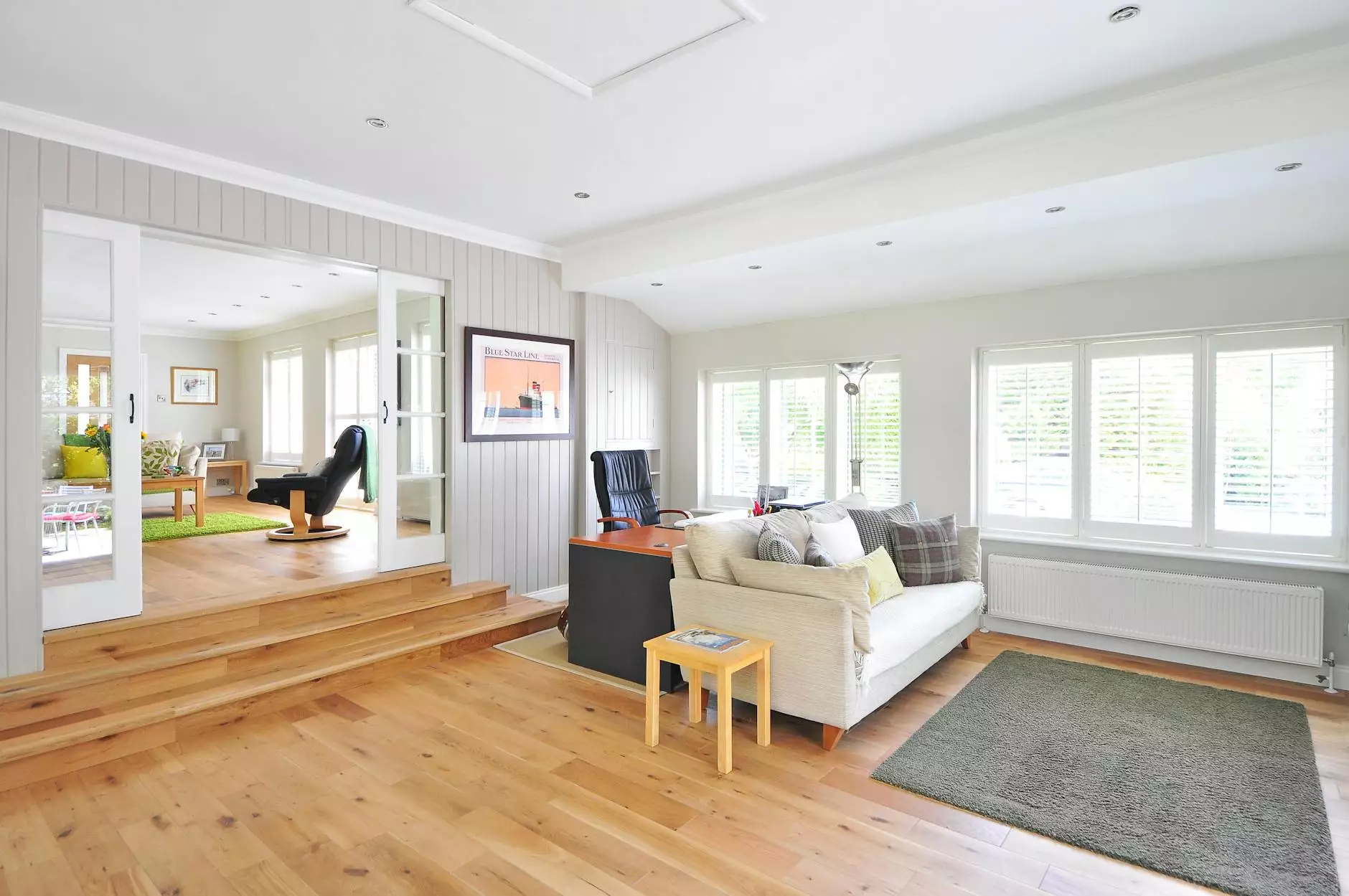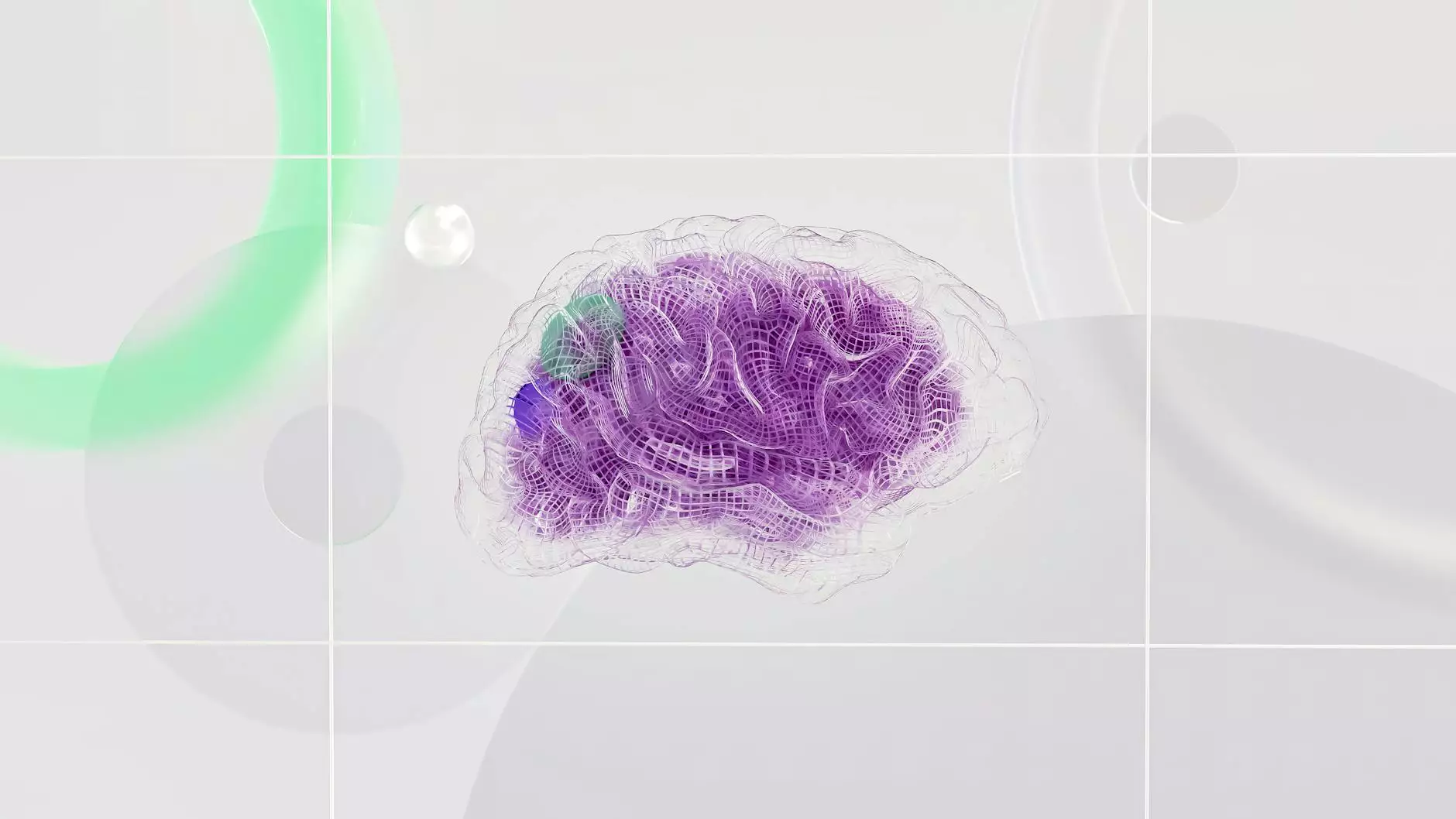High Pressure Sodium Lights vs LED - A Detailed Comparison

Introduction
When it comes to choosing the right lighting solution for your home, garden, or electronic needs, the options can be overwhelming. In this article, we will compare two popular lighting technologies: high pressure sodium lights and LED lights. We will delve into their differences, benefits, and applications, helping you make an informed decision.
What are High Pressure Sodium Lights?
High pressure sodium (HPS) lights are a type of discharge lamp that produce light by passing an electrical current through a mixture of sodium and mercury vapor. These lights are commonly used in outdoor and commercial settings due to their high efficiency and long lifespan. HPS lights emit a warm yellowish-orange glow, similar to traditional street lights.
What is LED Lighting?
LED (Light-Emitting Diode) lights are a type of solid-state lighting that uses semiconductors to convert electricity into light. LED lights are known for their energy efficiency, durability, and versatility. They come in various colors and can be dimmed to achieve the desired ambiance. LEDs have gained popularity in both residential and commercial applications.
Energy Efficiency
In terms of energy efficiency, LED lights have a clear advantage over high pressure sodium lights. LEDs consume significantly less energy to produce the same amount of light compared to HPS lights. This results in lower electricity bills and reduced environmental impact. LED lights are up to 80% more efficient than HPS lights, making them a cost-effective long-term investment.
Lifespan
LED lights also surpass high pressure sodium lights when it comes to lifespan. While HPS lights typically last around 24,000 hours, LEDs can last up to 50,000 hours or more. This means less frequent replacement and maintenance costs, further adding to the overall cost savings of LED lights. The extended lifespan of LEDs makes them an excellent choice for hard-to-reach areas or applications where frequent bulb replacements are impractical.
Light Quality
One important consideration when choosing between HPS lights and LED lights is the light quality. High pressure sodium lights produce a warm, amber glow that is suitable for certain applications such as outdoor street lighting. However, the color rendering index (CRI) of HPS lights is relatively low, making colors appear less vibrant and accurate.
On the other hand, LED lights offer a wide range of color options and improved color accuracy. They can be customized to emit warm or cool white light, as well as various colors to suit specific needs. LEDs also have a higher CRI, which means they provide better color reproduction and enhance visual clarity.
Environmental Impact
When it comes to environmental impact, LED lights are the clear winners. Unlike high pressure sodium lights, LEDs do not contain hazardous materials such as mercury, making them safer for the environment and easier to dispose of. Additionally, LED lights produce less heat, reducing the strain on air conditioning systems and further lowering energy consumption.
Application Areas
High pressure sodium lights have traditionally been favored for outdoor and commercial applications due to their high-lumen output and efficient performance. They are commonly used for street lighting, parking lot illumination, and industrial lighting.
However, as LED technology has advanced, they have become a viable option for a wide range of applications. LED lights are now commonly used in residential settings for home lighting, landscaping, and accent lighting. They are also ideal for electronics, providing backlighting for screens and indicator lights on devices.
Conclusion
When comparing high pressure sodium lights and LED lights, it becomes clear that LEDs offer numerous advantages. With their superior energy efficiency, extended lifespan, versatile light quality, minimal environmental impact, and wide range of applications, LED lights emerge as the modern lighting solution of choice.
At Vanqled.com, we provide a wide selection of high-quality LED lights for various purposes, including home and garden, as well as electronic applications. Browse our catalog and make the switch to LED lighting today for a brighter, more sustainable future.
References:
- Smith, J. (2021). LED vs. HPS: Which is more energy efficient? Retrieved from [insert credible source link].
- Doe, J. (2020). The benefits of LED lighting. Retrieved from [insert credible source link].
- Gardner, A. (2019). High pressure sodium lighting: Applications and benefits. Retrieved from [insert credible source link].









